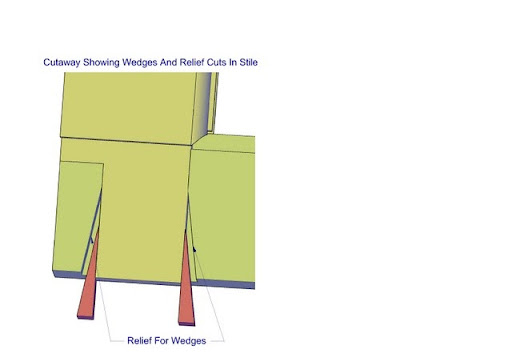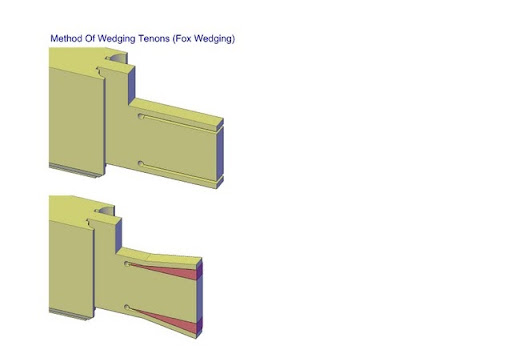urbanarcher
Established Member
OK so I need to knock up a work bench about 120cm x 65cm ish to fit in a space i have. The bench will be used for hand work planing assembly and the sorts.
my main question is how will 2 sheets 18mm of laminated together softwood ply be for this top will it stay flat I'll edge it with something better then use some poly on it what you think could it work or do i need something heavier?
I will be wanting to mount vice/vices on it and drill dog holes and will be on a 2"x4" softwood frame.
my main question is how will 2 sheets 18mm of laminated together softwood ply be for this top will it stay flat I'll edge it with something better then use some poly on it what you think could it work or do i need something heavier?
I will be wanting to mount vice/vices on it and drill dog holes and will be on a 2"x4" softwood frame.






